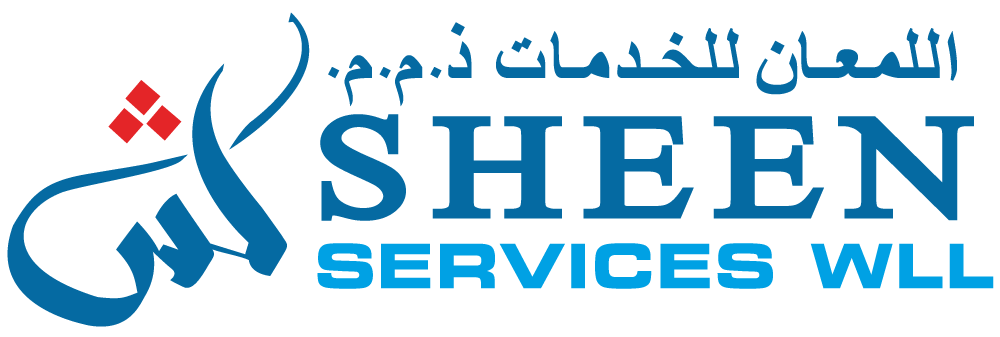
The Peninsula
Doha: A physical therapy intervention technique called dry needling is gaining popularity as an adjunct to physical therapy techniques used to manage muscle pain and movement impairments. Similar to acupuncture, the technique involves inserting a fine needle into a trigger point, or knot, to release pressure. Dr Noora Al Mudahka, Chief of Physiotherapy at Rumailah Hospital says a number of patients treated using physical therapy at Hamad Medical Corporation (HMC) are benefiting from the innovative therapy.
Dr Al Mudahka said that while the evidence-based technique is invasive, it is only minimally invasive and minimally discomforting. She says it can be an effective treatment for many patients with chronic pain but notes it isn’t appropriate for all patients and therefore requires a comprehensive assessment and clinical reasoning to ensure it is the right intervention and that it is done correctly. She said the ultimate goal of dry needling is to release or inactivate trigger points in order to relieve pain or improve range of motion.

34 HMC Physiotherapists receive dry needling certification
“When a fine filament needle is inserted into the center of a myofascial trigger point, blood pools around the needle, triggering the contracted muscle fibers to relax. In addition to providing those fibers with fresh oxygen and nutrients, it helps flush away additional acidic chemicals. The technique leads to the decompression of the local blood and nerve supply and can effectively assist with pain management and help to restore movement if a joint is constrained by myofascial trigger points,” added Dr Al Mudahka.
The treatment can be used in combination with other techniques such as manual therapy and exercise as part of a physical therapy or pain management programme. Dr Al Mudahka says preliminary research supports that the practice improves pain control and reduces muscle tension. She said in addition to effectively managing headaches, sciatica, and conditions like shoulder, back, and neck pain, it can also help speed up a patient’s return to active functional status.
Last month the Physiotherapy Department at Rumailah Hospital organized a Dry Needling Workshop for clinical physiotherapists. The six-day course was conducted by South African-based Optimal Dry Needling Solutions (ODNS) Institute and saw thirty-four physiotherapists certified to use the dry needling technique.
Ayman Raafat Mahmoud, Supervisor of Male Outpatient Physiotherapy at Rumailah Hospital said the course provided an opportunity for qualified physiotherapists to be trained and licensed to use dry needling as part of their practice.
“Physiotherapists who attended the course acquired both the technical skills and the theoretical understanding required to perform dry needling therapy safely and effectively. These practitioners are now able to use this technique to help alleviate their patients’ pain, and ultimately improve their clinical outcomes,” said Mahmoud.
In 2017, 28 physiotherapists at HMC were certified to practice dry needling following completion of the ODNS Institute course. Mahmoud said patients treated by physiotherapists using the technique showed significantly improved clinical outcomes. He noted that the 28 physiotherapists certified in the technique two years ago completed a skills enhancement course last month as part of the training provided by the ODNS Institute.
Credit: The Peninsula Qatar
URL:https://thepeninsulaqatar.com/article/17/03/2019/Dry-needling-effective-adjunct-to-traditional-pain-management-techniques-HMC-specialist?fbclid=IwAR1DYAd_5vRp5rVceITrIP6ClWa0-f9wg8FhMXitmtesF9FaLqUb1t9uKYg








